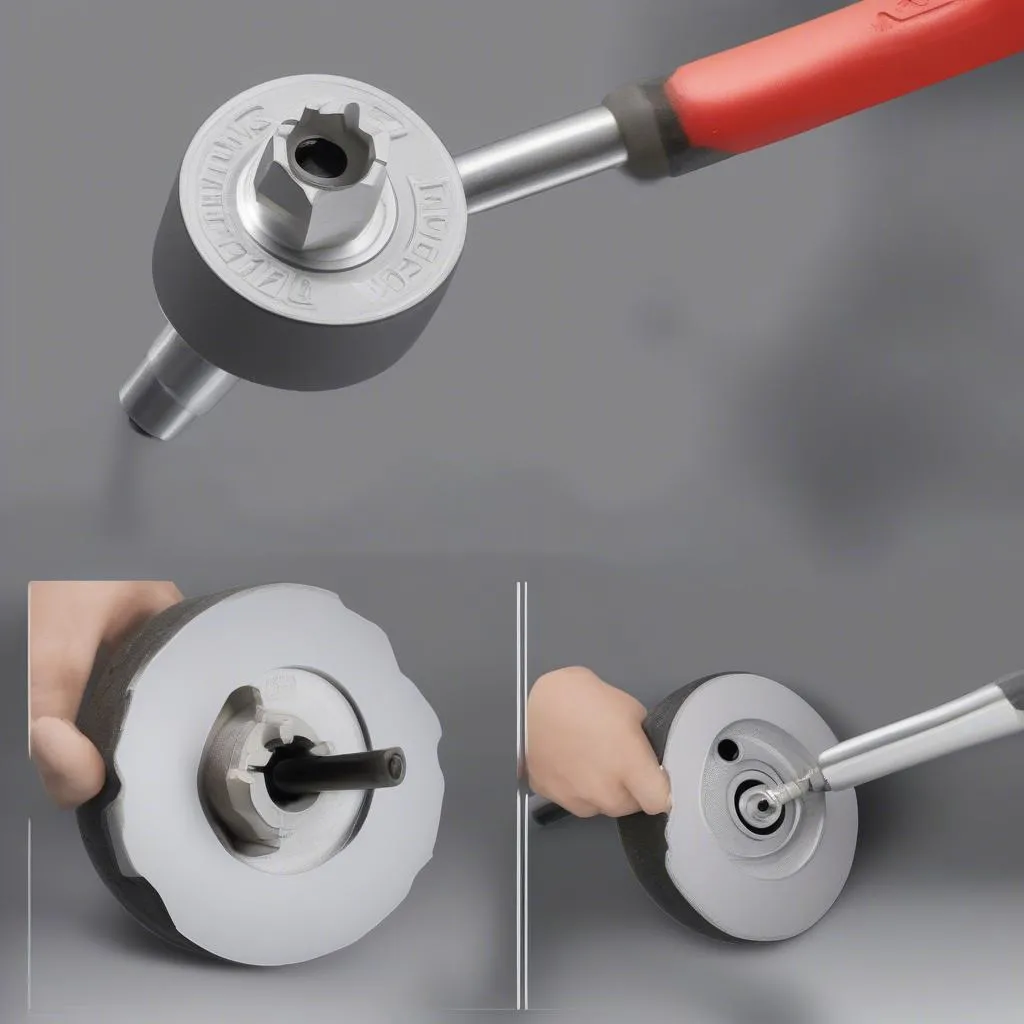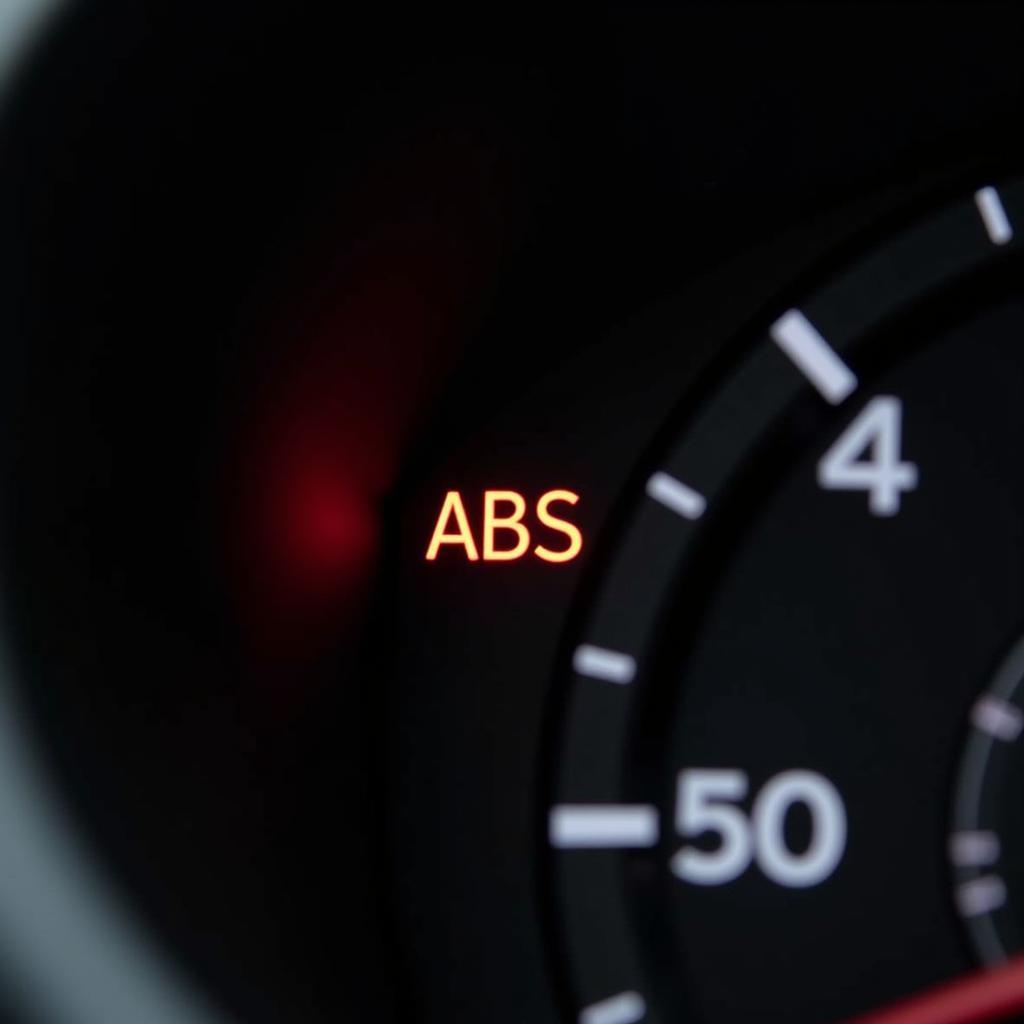Dealing with a stuck or damaged anti-theft thread on your car can be incredibly frustrating. These specialized bolts are designed to deter theft, but they can turn into a real headache when you need to remove them, especially without the proper key. This guide will walk you through identifying, understanding, and removing anti-theft threads, equipping you with the knowledge to tackle this common automotive issue.
Understanding Anti-Theft Threads
Before we dive into removal, it’s important to understand what you’re dealing with. Anti-theft threads, often found on wheels, use a unique pattern or design that prevents standard tools from gripping them. This helps to deter thieves from easily removing your wheels or other secured components.
Common Types of Anti-Theft Threads:
- Locking Wheel Bolts/Lug Nuts: These fasteners have a rotating outer ring that spins freely, preventing a standard socket from getting a grip.
- Unique Keyed Sockets: These require a specialized socket with a matching pattern to the bolt head for removal.
- Internal Pin Designs: These feature a pin inside the bolt head that requires a special socket with a cutout to engage and remove it.
Identifying the Problem
 Removing an Anti-Theft Wheel Lock
Removing an Anti-Theft Wheel Lock
Often, you won’t realize you have a problem until you try to remove the fastener. Here are some telltale signs:
- Spinning Bolt: The bolt turns freely without loosening.
- Stripped Socket: Your socket spins or slips on the bolt head.
- Missing Key: You can’t locate the special socket needed for removal.
Gathering the Right Tools
Having the right tools is essential for successful removal without damaging your vehicle. Here’s what you’ll need:
- Specialized Socket Set: If you have the original key, this is the easiest solution.
- Wheel Lock Removal Kit: These kits are available at auto parts stores and come with a variety of sockets designed to remove common anti-theft bolts.
- Breaker Bar: Provides extra leverage for stubborn bolts.
- Hammer: Can be used to tap a slightly smaller socket onto the bolt head for removal (use caution with this method).
- Penetrating Oil: Helps loosen rusted or seized threads.
Removal Techniques
1. Use the Correct Key: The most straightforward approach is to use the matching key provided with your vehicle or wheel locks.
2. Employ a Wheel Lock Removal Kit: Select the socket that best fits your bolt head and firmly hammer it on. Use a breaker bar for extra leverage while turning counterclockwise to loosen.
3. Seek Professional Help: If you’re uncomfortable with these methods or encounter difficulties, it’s best to consult a professional mechanic or tire shop. They have the experience and specialized tools to safely remove stubborn anti-theft threads.
FAQs about Anti-Theft Threads
Q: Can I drive with a missing anti-theft bolt?
A: It’s not recommended. Driving without all lug nuts or bolts can lead to wheel instability and potential accidents.
Q: Where can I get replacement anti-theft bolts?
A: You can find them at dealerships, auto parts stores, or online retailers specializing in automotive parts. Be sure to match the thread size and type to your vehicle.
Q: What if I lost my anti-theft key?
A: Contact your dealership or the manufacturer. They may have records of your key code or offer replacement options.
 Assortment of Car Diagnostic Tools
Assortment of Car Diagnostic Tools
Need Expert Assistance?
Dealing with anti-theft threads can be complex. For professional diagnostics, programming, and remote software installations to resolve your car issues, contact Cardiagtech. We offer a range of services and cutting-edge solutions to get you back on the road safely. To learn more about anti-theft devices and how they work, check out our informative article: How Do Anti-Theft Dust Caps Work?.
Remember, if you’re unsure about any step of the removal process, it’s always best to consult with a qualified automotive professional.


